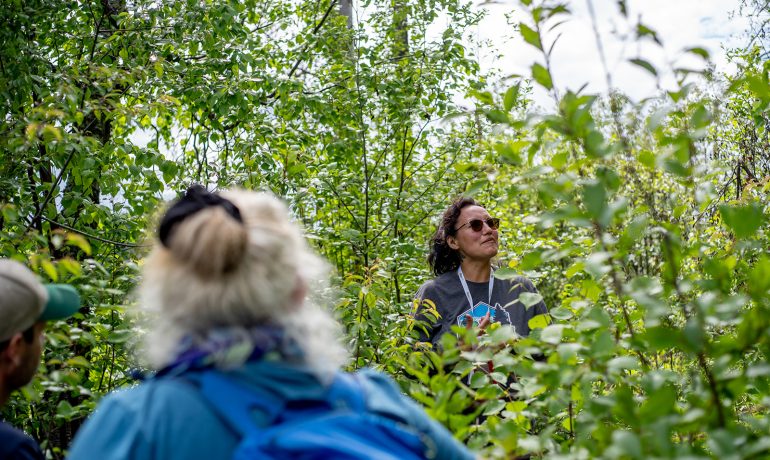From Tom Fletcher, Vernon Morning Star
The B.C. NDP government is preparing to overhaul its reforestation program after widespread fires and the Justin Trudeau government’s promise to plant two billion trees across Canada in the years to come.
With the forest industry facing a wave of sawmill closures as Crown timber harvest is chopped to match a depleted B.C. Interior stock of harvestable trees, the province is poised to scrap the system left to them by the previous B.C. Liberal government.
The Forest Enhancement Society of B.C. is the primary vehicle for recovering forests from fires and dealing with the overwhelming job of dealing with dead wood that accelerates wildfires. Its last $163 million budget allocation is almost gone after the latest round of waste wood projects announced by Forests Minister Doug Donaldson in late January.
“It looks like they’re beginning to wrap it up because [the society] has about $2 million left in the fund,” B.C. Liberal forest critic John Rustad told Black Press. “There has not been a penny put into FESBC by the B.C. NDP government.”
The forests ministry confirmed that the society’s budget is nearly all committed, adding that any further program information will have to wait for Finance Minister Carole James’ Feb. 18 provincial budget.
“The B.C. government has invested $235 million in the society, with about $233 million allocated as of Jan. 30, 2020, for 250 projects related to wildfire risk reduction, reforestation, forest rehabilitation and wildlife habitat restoration, and for raising awareness of the FireSmart program,” the ministry said in a statement provided to Black Press.
B.C.’s tree planting deficit has been a point of debate for many years. In 2012, the province’s independent Forest Practices Board issued a report estimating that two million hectares of forest needed to be replanted after fire and beetle damage. One quarter of that was the responsibility of forest companies that had logged the areas.
Wildfire damage aside, forest companies are responsible for replanting harvested areas and bringing the seedlings up to self-sustaining size.
In the fall 2019 federal election campaign, Trudeau government pledged to plant two billion trees to remove carbon dioxide from the atmosphere, using revenue from the Trans Mountain pipeline project. Forestry and other natural resources remain a provincial responsibility and it’s not yet clear how Ottawa intends to implement its plan.
Rustad said the B.C. NDP government should be developing a strategy for Ottawa’s program.
“There is no plan, no structure, no proposal at this point by the provincial government other than, hey, we’re interested,” he said. “The big challenge with reforestation in B.C. is that even if we wanted to go out and plant the areas impacted, we don’t have the nurseries, we don’t have the seed stock coming in, and we certainly don’t have the crews to go out and do all the planting that needs to be done.”
With vast areas of B.C. Interior depleted by a historic mountain pine beetle outbreak, it remains in question whether hiring crews to replant seedlings is necessary or advisable. A 2006 study for Natural Resources Canada found that 40 per cent of beetle-killed lodgepole pine-dominant areas have a natural understory of young trees not affected by beetle kill, and regenerate without salvage logging or planting.
“Ecological restoration may be needed to repair critical habitats or to safeguard aquatic resources in the wake of a pine beetle outbreak,” researcher Philip Burton concluded. “However, restoration must be done with clear objecties, and is likely to be a minor part of the overall management picture.”
@tomfletcherbc
tfletcher@blackpress.ca
Image: Tree nursery on Vancouver Island, one of a network of seedling farms financed by B.C. forest companies to meet their legal obligation to reforest harvested areas. (Tom Fletcher/Black Press)
Related Post
As Published in Canadian Forest Industries Magazine, Pulp & Paper Magazine and Canadian Biomass Magazine
Jennifer Gunter’s Op Ed, “Community Forests: Rooted in Community,
Minister of Forests Mandated to Expand BC’s Community Forest Program
In the recently released mandate letter to the Minister



